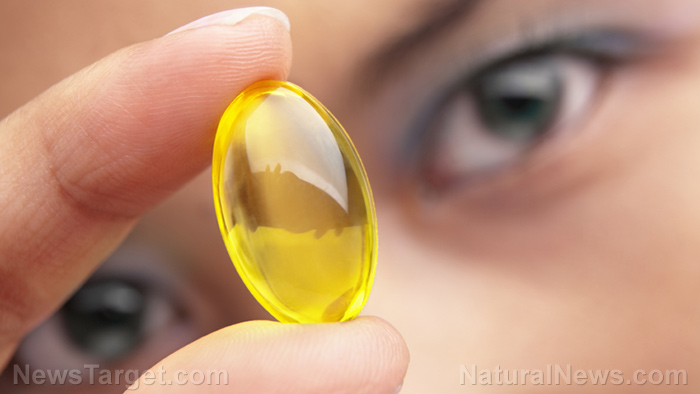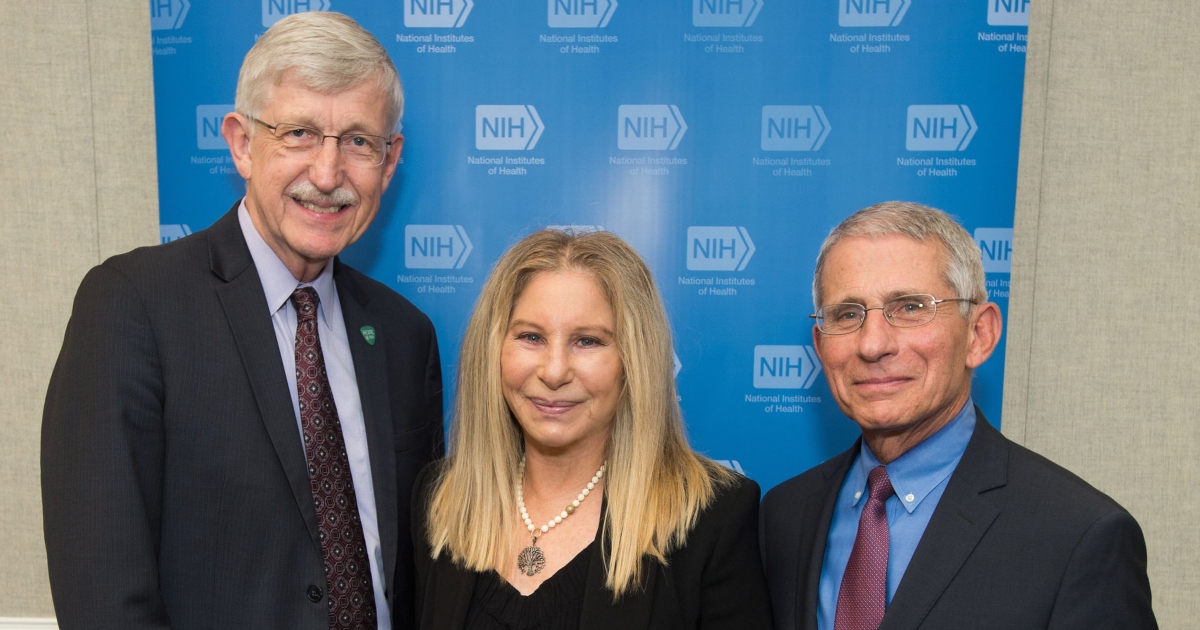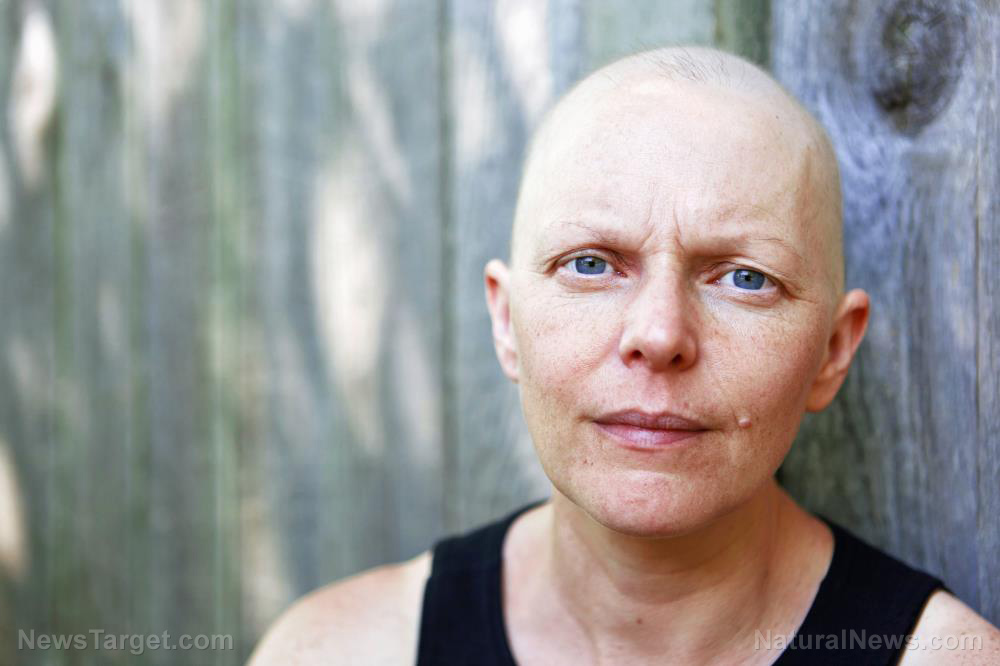Compounds in celery found to reduce cholesterol and prevent tumor growth in animal study
11/26/2020 / By Evangelyn Rodriguez

The Apiaceae (umbellifers) family consists of mostly edible, flowering and aromatic plants, such as carrots, parsley, anise, coriander, Queen Anne’s lace, parsnip and celery. They are some of the most extensively studied edible plants on the planet because of their abundance of medicinal components, which give them various beneficial properties.
Celery, for instance, contains apigenin, a compound that can stimulate the growth and development of nerve cells. Apigenin and other active components of celery are also credited with having the ability to prevent a wide variety of diseases. These include hypertension, liver disease, rheumatic disorders, high blood cholesterol and cancer.
In a recent study, researchers from India explored the antihyperlipidemic and anti-tumor properties of the ethanolic extract and phytochemical components of celery. Using rodents, they tested whether this nutritious vegetable can reduce high blood cholesterol and stop the growth of tumors in vivo. The researchers reported their findings in an article published in the Journal of Dietary Supplements.
Celery is a cholesterol-lowering and cancer-fighting superfood
According to chemical analysis, the main active components present in celery seeds are coumarin derivatives like seselin, methoxsalen and 3H-isobenzofuran-1-one. Seselin, also known as amyrolin, is an organic compound that can also be found in fruits like lemons, mandarin oranges and sweet oranges. Besides having larvicidal properties, seselin also exhibits anti-inflammatory and anti-nociceptive properties.
Methoxsalen is a chemical produced by many plants and is known for its photosensitizing activity. Methoxsalen is widely used as a topical or oral medication in conjunction with ultraviolet irradiation for the treatment of psoriasis and vitiligo. Meanwhile, 3H-isobenzofuran-1-one, sometimes simply referred to as phthalide, is a chemical found in many natural products. Different phthalides serve as structural subunits in many phytochemicals, some of which are reported to have antispasmodic, antifungal and blood vessel-dilating activities.
To further explore these properties, the researchers first induced hyperlipidemia in rats by injecting them with 400 mg/kg body weight Triton WR 1339. After 24 hours, they orally administered the celery extract and the three isolated components of celery to the animals at a dose of 50 mg/kg body weight. (Related: The powerful antihyperlipidemic effect of celery seeds.)
They also evaluated the anti-tumor activities of the extract and the isolated phytochemicals by injecting hybrid mice with 50 mg/kg body weight of either sample for 10 consecutive days. They then injected B16F10 melanoma cells — a serious form of skin cancer — into the dorsal skin of the animals and observed them for signs of tumor growth.
The researchers found that the celery extract and its active components significantly decreased total cholesterol, triglycerides and low-density lipoprotein (LDL) while increasing high-density lipoprotein (HDL) levels in hyperlipidemic rats. LDL is also known as bad cholesterol because it contributes to fatty buildups in the arteries. HDL, on the other hand, is often called the good cholesterol because it carries LDL cholesterol away from the arteries and takes it back to the liver, where it is broken down before being excreted out of the body.
Pretreatment of the celery extract and its isolated components also delayed tumor growth in hybrid mice injected with melanoma cells by increasing volume-doubling time and mean survival time. In addition, tumor regression studies showed a decrease in tumor growth of the injected melanoma cells.
Based on these findings, the researchers concluded that celery is an excellent source of natural antihyperlipidemic and anti-tumor agents.
Sources include:
BPSPubs.OnlineLibrary.Wiley.com
Submit a correction >>
Tagged Under:
alternative medicine, anti-tumor, celery, cholesterol-lowering, food cures, food is medicine, functional food, hyperlipidemia, natural cures, natural medicine, phytonutrients, research, veggie
This article may contain statements that reflect the opinion of the author
RECENT NEWS & ARTICLES
CancerTumors.News is a fact-based public education website published by Cancer Tumors News Features, LLC.
All content copyright © 2018 by Cancer Tumors News Features, LLC.
Contact Us with Tips or Corrections
All trademarks, registered trademarks and servicemarks mentioned on this site are the property of their respective owners.





















